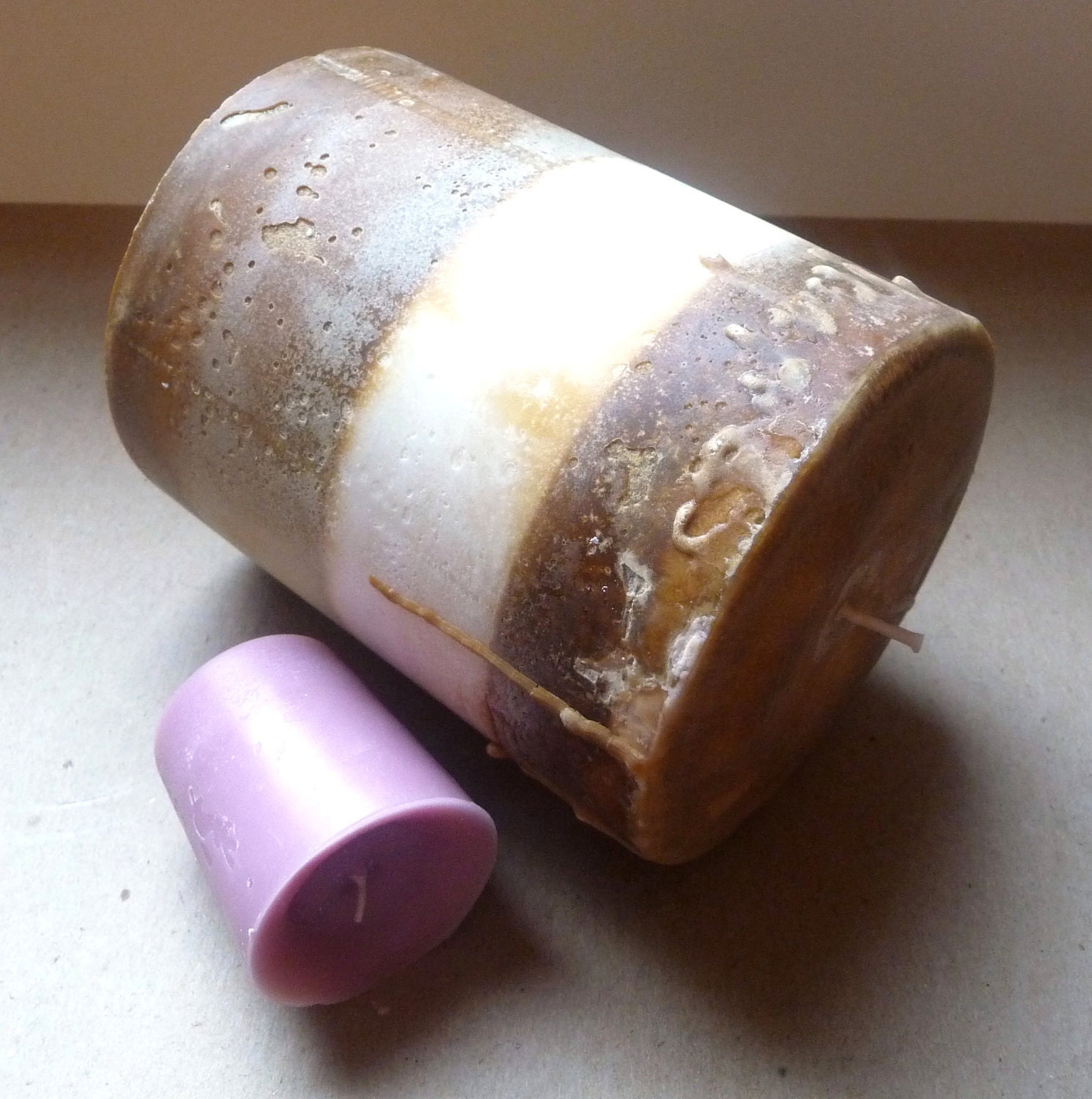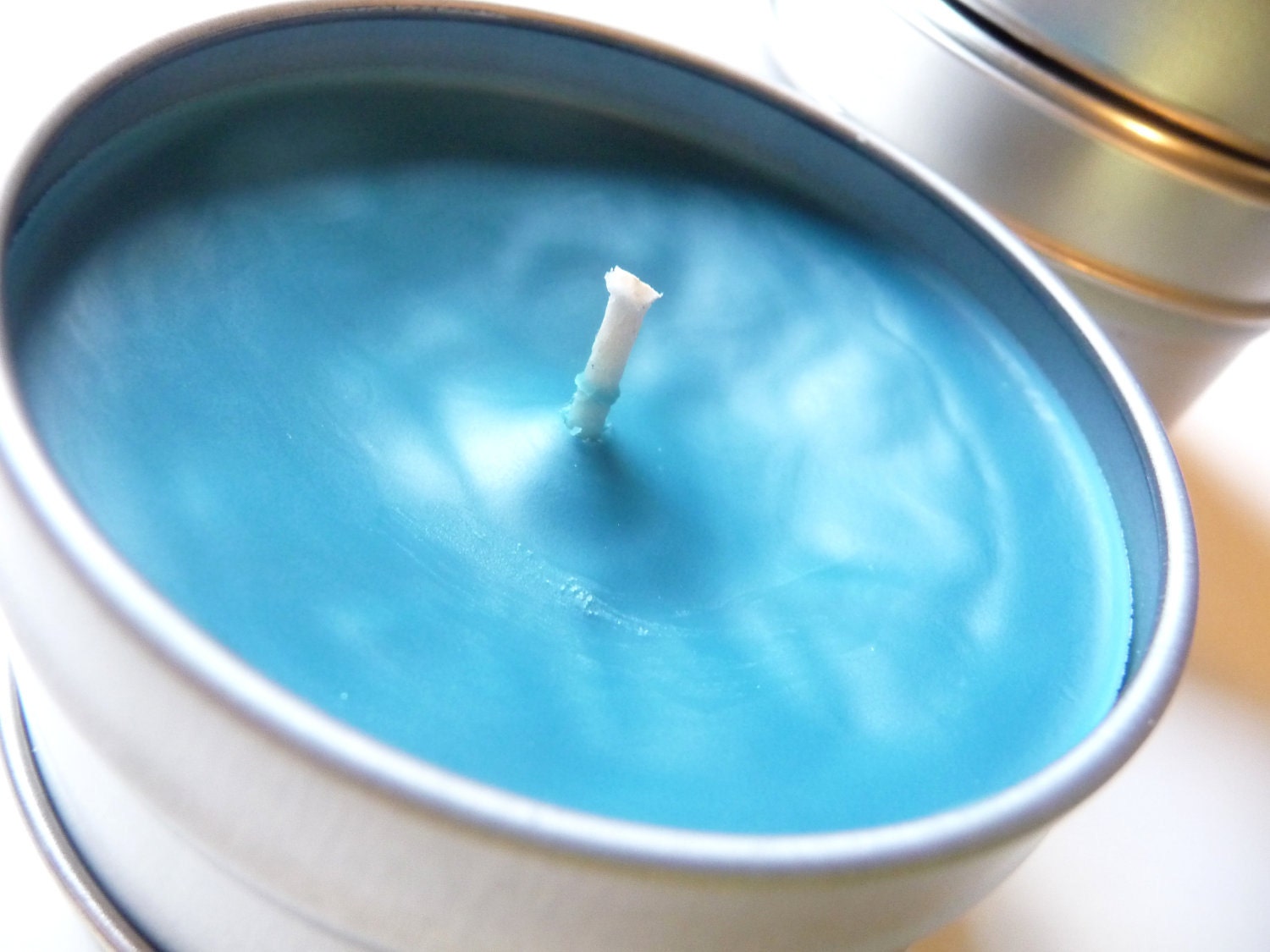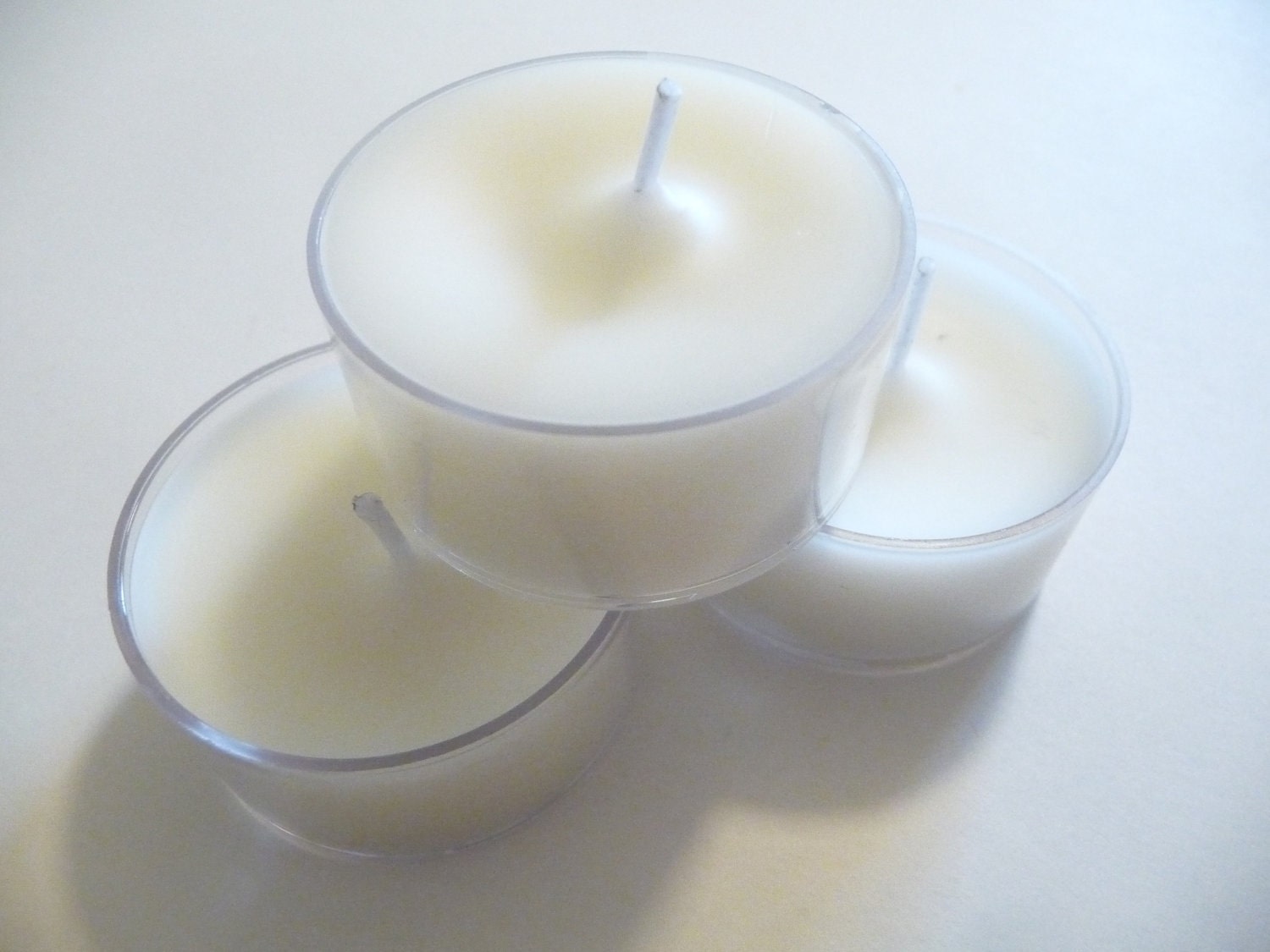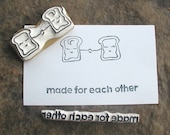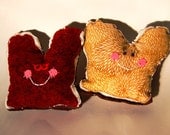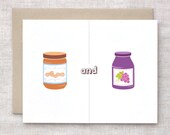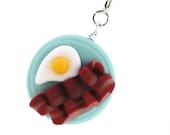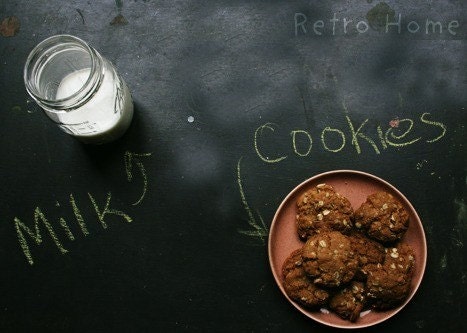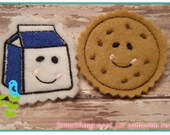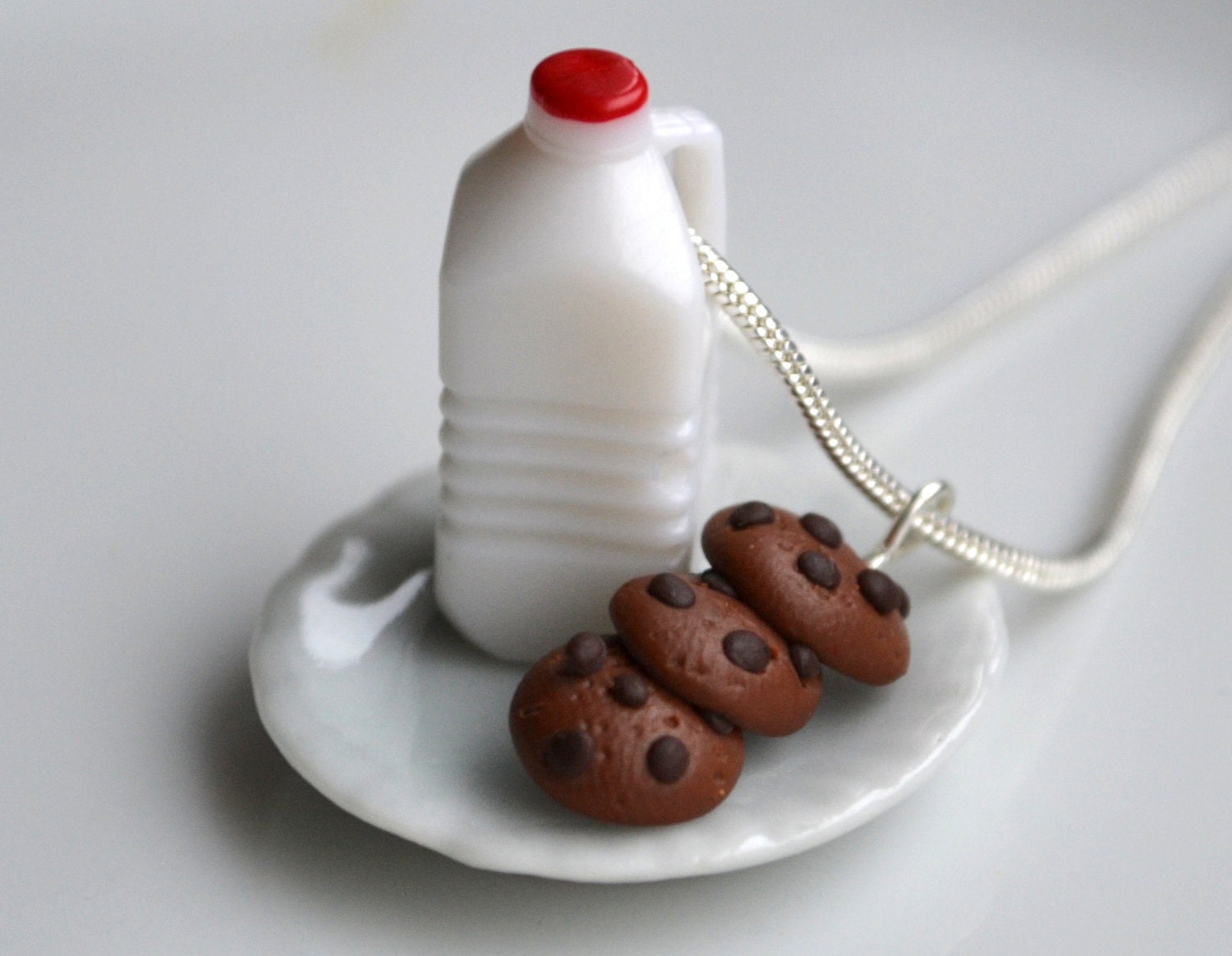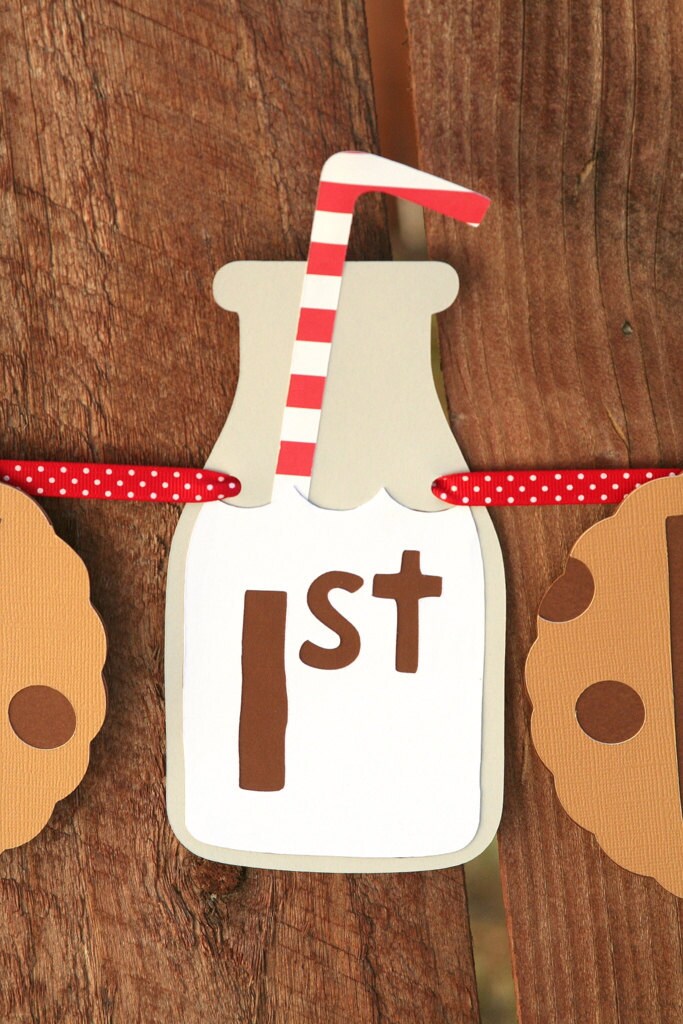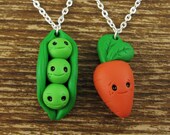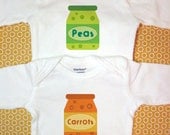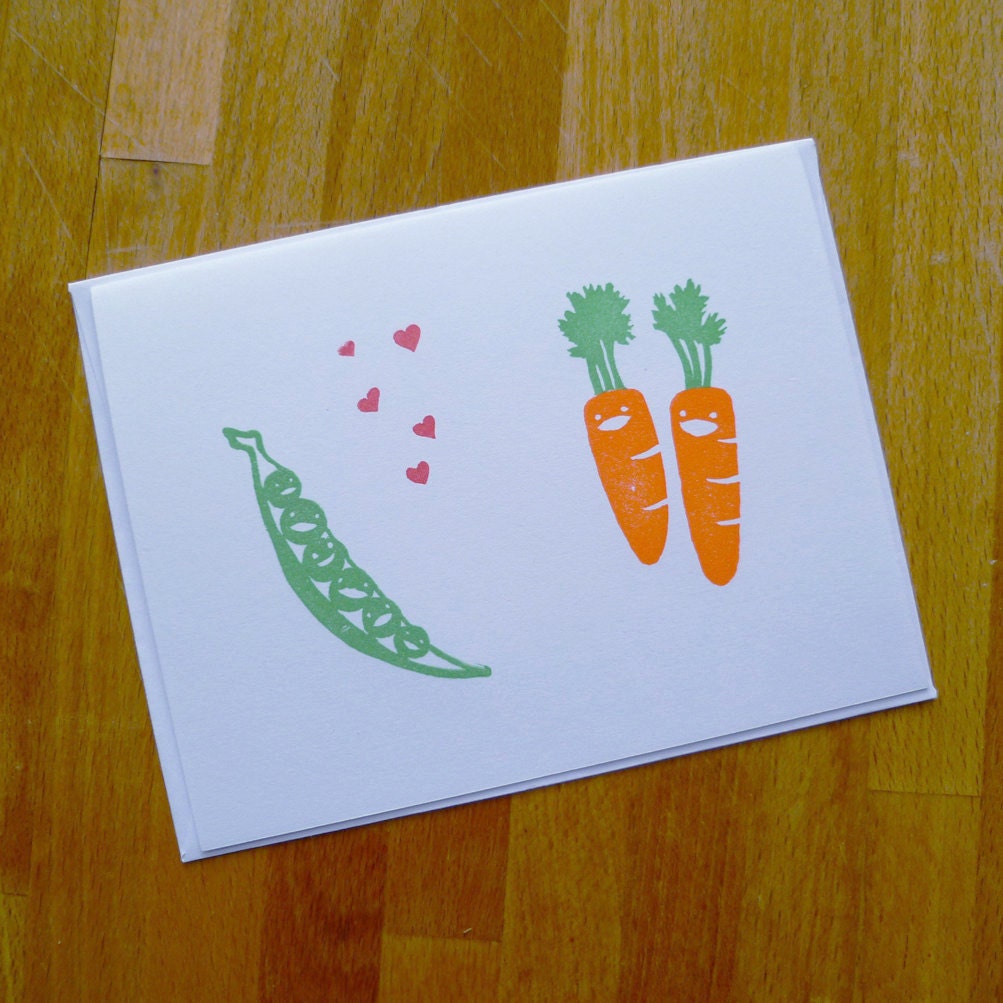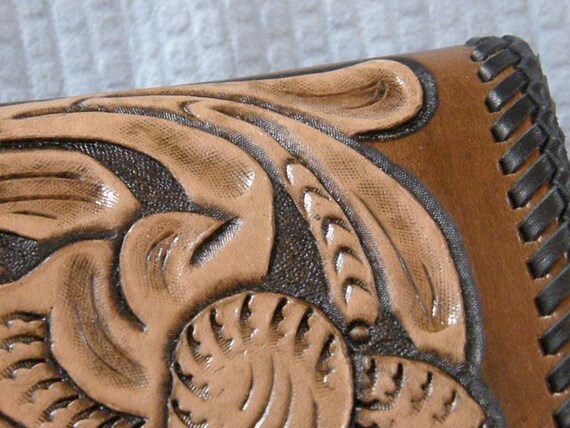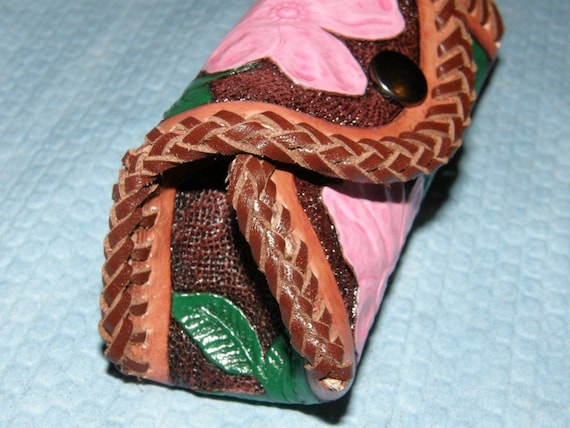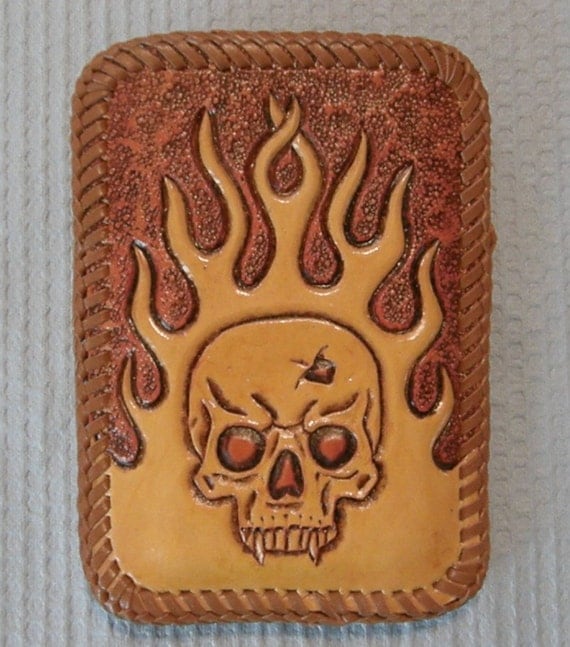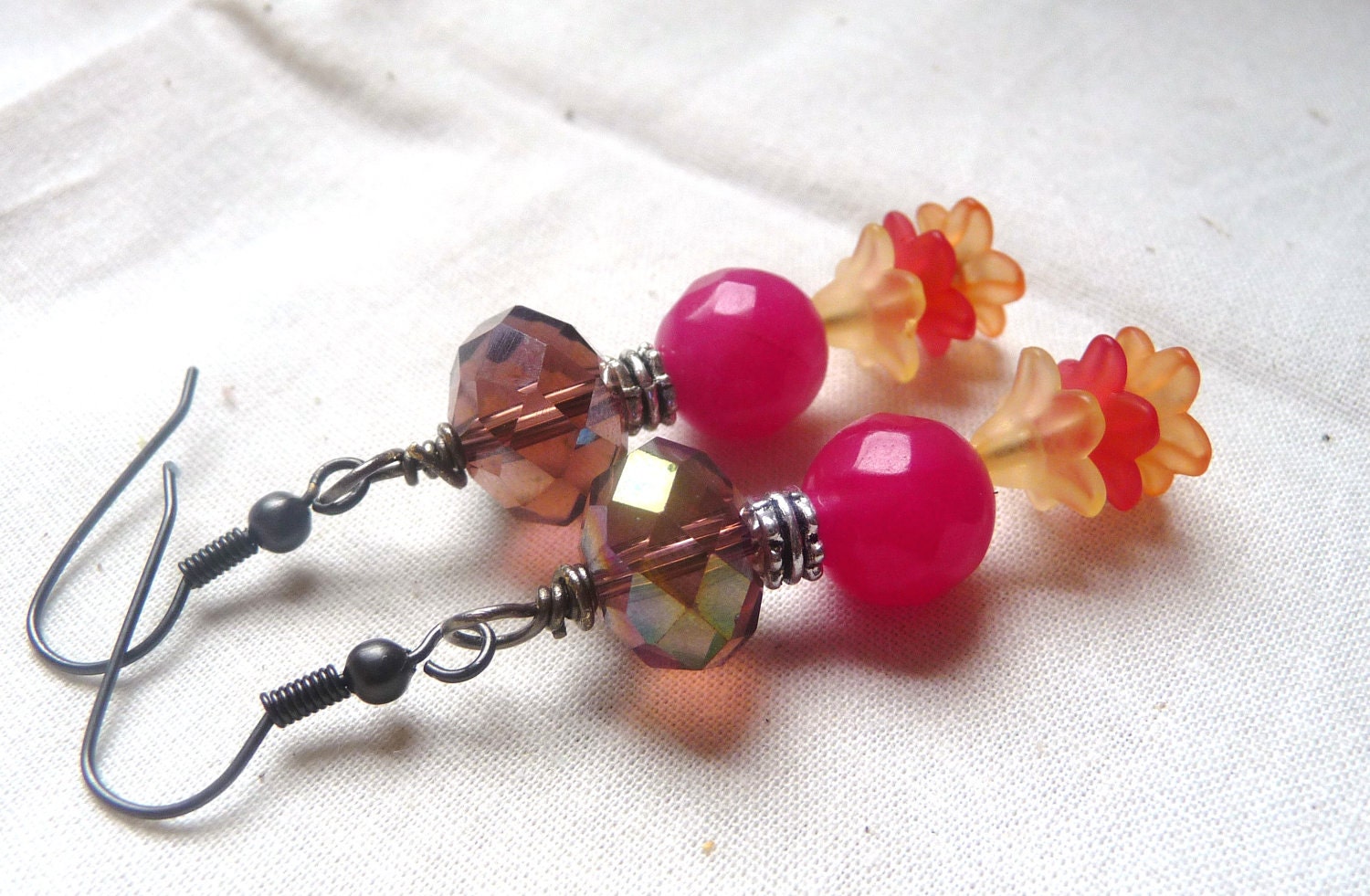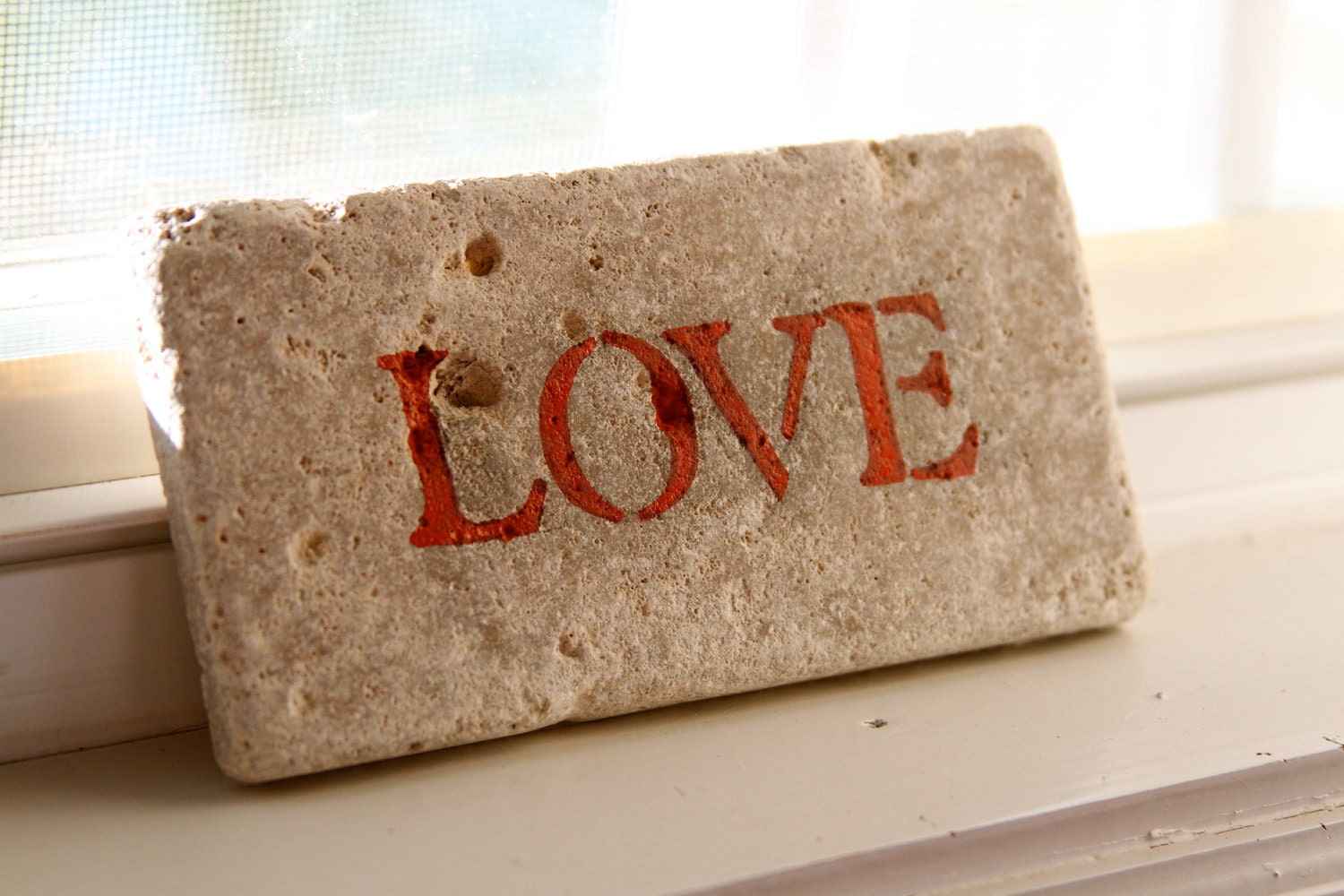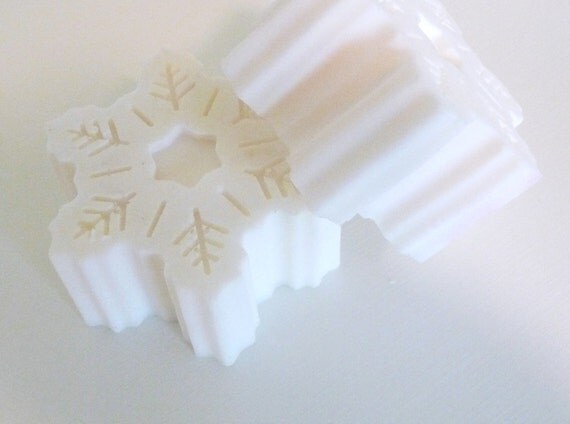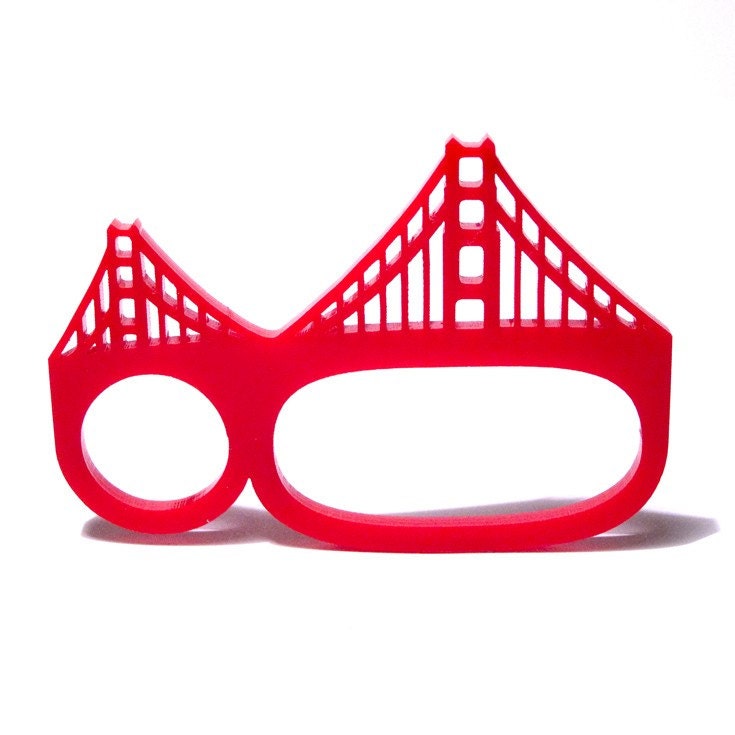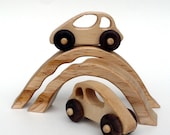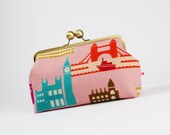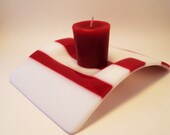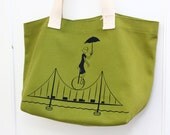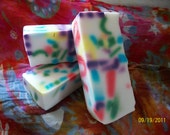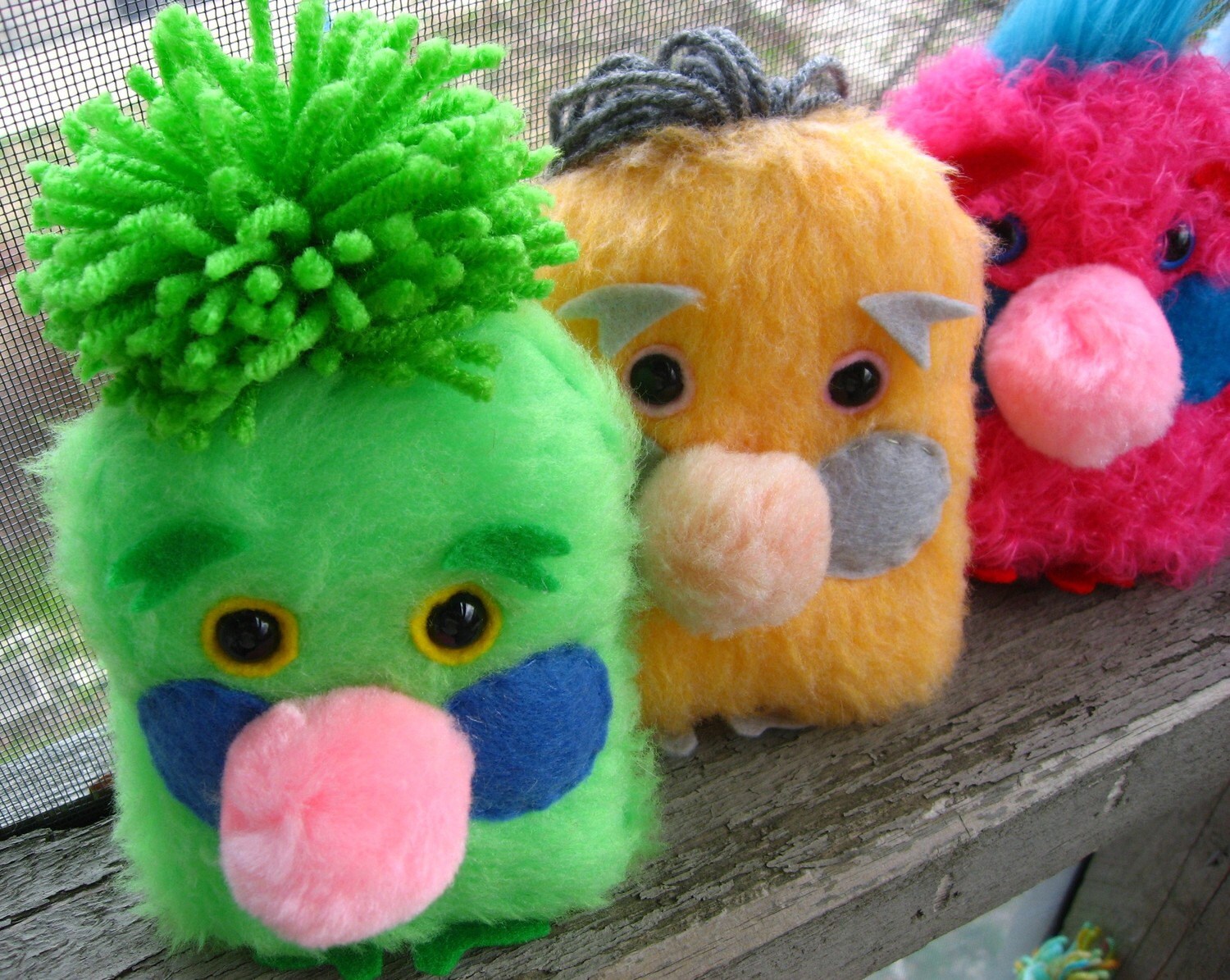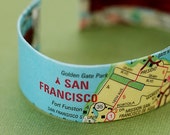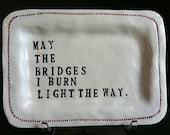 |
| The Finished Soap From Article Before Trimming |
In this post, I am going to walk you through making Castile soap. This is a 100% olive oil soap, traditionally produced in Spain. Many people make this recipe as an introduction to soap making. With one oil, it doesn't get any simpler than this; however, there is one major issue to overcome, and that is the adulteration of olive oil. Because of rising costs, many unscrupulous manufacterers are diluting olive oil with other less expensive oils. All oils have different saponification values, which is the amount of sodium hydroxide needed to turn that oil into soap, and olive oil that has been adulterated will not have the same saponification value as in a recipie. Your best bet is to only order olive oil from a reputable supplier that specializes in soapmaking supplies.
Difficulty: Beginner level soapmaking, should have a basic understanding of math, chemistry, kitchen equipment, and lab safety
Supplies: 100% pure olive oil (does not have to be extra virgin, just unadulterated), Sodium Hydroxide (NaOH), water, soap mold, stick blender, scale, containers for measuring, safety gear
Safety Precautions: Wear gloves and goggles along with long sleeves and closed toe shoes, use an accurate scale and double check measurements, always pour LYE into WATER (you can stop adding it if it looks like the reaction is happening too fast), NO pets or children in the room while measuring and mixing
Suppliers: You can get digital scales at Staples or wherever postage scales are sold, pure lye or NaOH can be purchased at some hardware stores but I prefer to order online from Essential Wholesale, 100% pure olive oil can be purchased from major soapmaking suppliers. The grade of the oil is unimportant; only that it is 100% olive. Pomace is popular for soapmaking. If you are purchasing your olive oil locally, Kirkland Organic has an excellent track record for purity, along with other domestically produced olive oils.
 |
| Handmade Soaps With Olive Oil |
Before we get started, let's have a brief explaination of the soapmaking process. Basically, we are going to add Sodium Hydroxide to our oil which will cause a chemical reaction called saponificaion. This process causes changes in the oil molecule allowing it to act as an emulsifier, which is a substance that allows the mixing of oil and water based matter. So, when we get the final product, soap, we add water and lather it up on the skin, allowing oils and dirt to be emulsified with the water and easily rinsed off, leaving clean skin. If you are more interested in the actual chemistry of soap, there is a lot of information available by searching for saponification. I even had a chapter about it in my college organic chemistry class!
Now, let's go through the steps to turn our materials into finished soap and then I will show the pictures. I am doing all the mixing in my kitchen sink to avoid a mess.
1) Obtain a recipe. This can either be one from a website, book, or one that you make yourself using an online lye calculator. That is how I obtained my recipe, I weighed out the olive oil and used the Brambleberry lye calculator to show me how much lye and water I should add to saponify the oil. My recipe was 15.6 oz of oil, 1.98 oz of lye, and 5.1 oz of water. You can access the lye calculator here and purchase most of your supplies:
http://www.brambleberry.com/Pages/Lye-Calculator.aspx
Choose a superfat level of 4-6% if making your own recipe; this is additional oil added beyond what is needed to make the soap to insure all the lye is reacted and you do not have a harsh, lye heavy soap.
2) Arrange your workspace. You might want to cover the counters with newspaper or plastic. Make sure you have all your materials laid out and handy. I use separate plastic containers to measure oil, water, and lye. If you have a mold that needs lining, do this ahead of time.
3) Put on saftey gear.
4) Measure ingredient using the scale.
5) Add the lye to the water and mix thouroughly. It may bubble up and you might sense heat rising from it. You may use a thermometer to measure the temperature of the lye/water; however, many soapmakers wait an hour or so until it cools to room temperature. If you use a thermometer, try and wait until the solution is under 100 degrees F to proceed. Advanced soapmakers sometimes prepare the lye/water ahead of time or mix it outdoors to speed cooling.
6) Add the lye/water to your oil. You need to pour slowly to avoid spills and splatters.
7) Use a stickblender to mix to light trace. You will see the mixture turn thick and opaque, leaving behind a distinct trail as you stir it. This will take about one minute, maybe less, of blending with a modern stick/immersion blender.
8) Pour into mold. This tutorial is not using colorants or fragrances; if you would like them, make sure to order skin safe additives from a well-known supplier.
9) Wait 12 to 24 hours until the soap is nice and firm. Remove it from the mold and cut it. You should be wearing gloves. Allow the soap to cure in a non-humid area, out of direct sunlight for 4-6 weeks. Many people prefer olive oil soap that is cured longer. Your soap may have a light coating of white "ash" on top. That may be trimmed off.
OK, now here are some pictures of me making the soap. Notice the greenish tint to the pure oil. The most important things to remember when you try making soap is buying the correct and pure materials, accurate measuring, and wearing your safety gear!
 |
| Olive Oil, NaOH, Silicone Mold |
 |
| Measuring Ingredients |
 |
| Adding LYE to WATER (not reverse) |
 |
| Oil Before Adding the Lye Solution |
 |
| Just After Adding the Lye Solution |
 |
| Blended For About 45 Seconds |
 |
| Poured In Mold |







